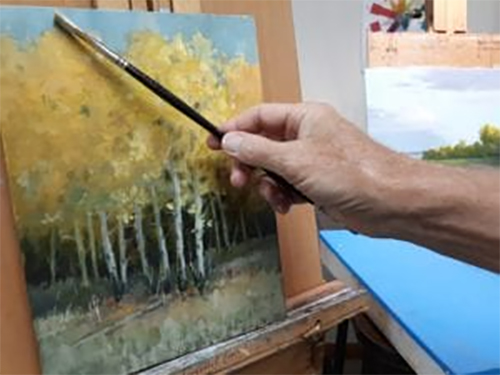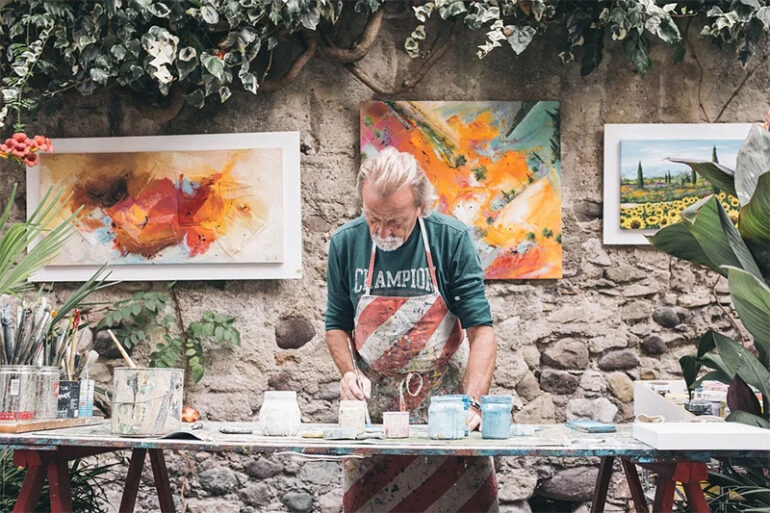One of the few things that can effectively toss a wrench into the plans of an otherwise inspired and hardworking visual artist would be the threat of repetitive strain injuries (RSI). You have likely already had moments where doing the same thing over the course of a prolonged period has caused a sense of tingling, numbness, or perhaps even pain.
Stress and anxiety can further aggravate the situation, causing the pain and discomfort to become intolerable. Those who are unaware of what they are doing to their bodies and continue the same pace could end up with more permanent injuries — such as carpal tunnel syndrome — that could very well require pricey surgery. Here are just a few ways to help artists prevent RSIs during the course of their careers.
Make use of the right tools!
No matter your career choice in the industry, there are always methods and products to make things easier to handle. For example, the use of graphic tablets can help many artists with their work, as it means you will not have to exert quite as much pressure. There are also other tools such as mechanical pencils and spring-loaded scissors that could help with a variety of arts and crafts.
There is also equipment dedicated to making things more efficient, such as antifouling gloves for artists. Such gloves ensure that you do not smudge your work, which could require you to compensate and take hours longer than you otherwise would have.
Be aware of your posture and technique
The body has a way of whispering to the brain if you are doing something that it is not used to. When you subject muscles to unusual positions, there is a distinct ache that lets you know to take it easy. There are plenty of different techniques that can help artists perform their best without necessarily causing too much strain. While some techniques might prove to be somewhat unorthodox compared to what you are used to, it is well worth the effort.
It will start with a bit of pain to let you know that something is wrong — and as you continue the same pace, it will go from discomfort, to a tingling sensation, to quite a bit of pain, to loss of sensation. Making use of the correct techniques and posture will help alleviate the symptoms.
Make sure to take breaks

No matter what you are doing, there will always be a bit of strain to your body. Even if the work does not feel too intensive, repeated actions without rest will only cause more problems. Ensure that you take the time to rest your body depending on the things you do. If you work a lot with your hands, ensure that you give your hands adequate time to rest.
The trouble with repetitive strain injuries is that most people have a tendency of ignoring them due to their responsibilities. Unfortunately, you can only do so for so long before it starts causing problems that require pricey solutions.
Photo Attribution:
1st and featured image from https://pixabay.com/photos/painter-artist-man-work-painting-931711/
2nd image from https://blog.oilpaintersofamerica.com/2019/11/taking-care-of-the-artist-improved-awareness-and-self-care-focus-on-hands-and-wrists/
